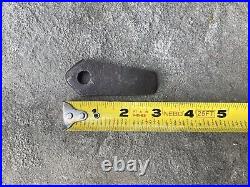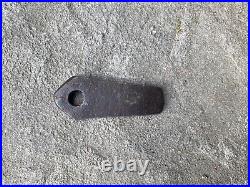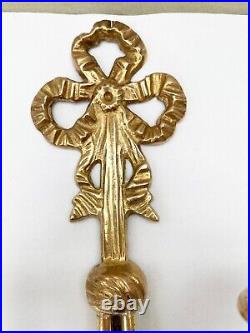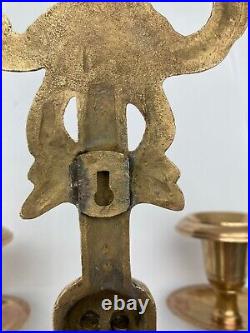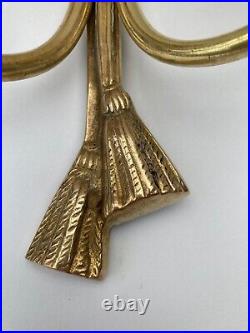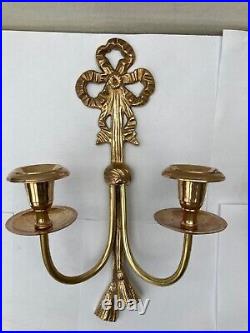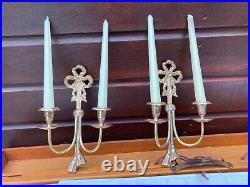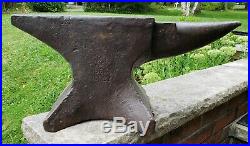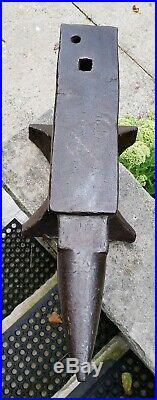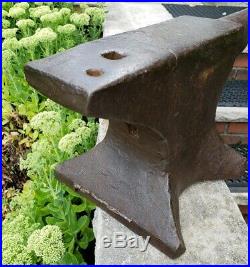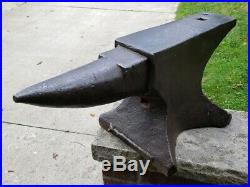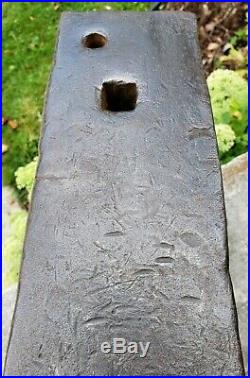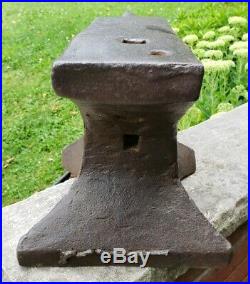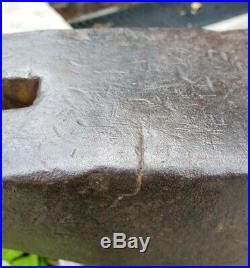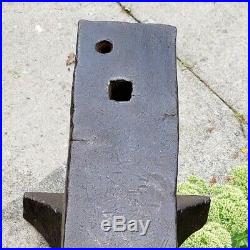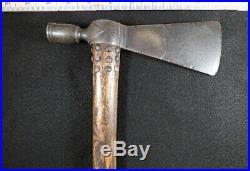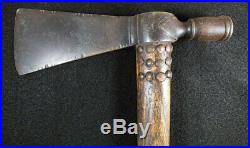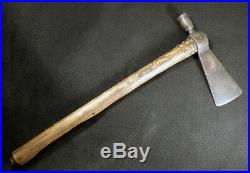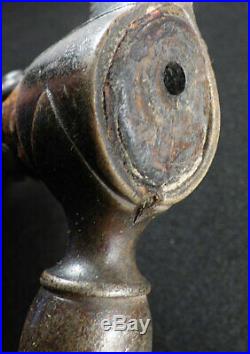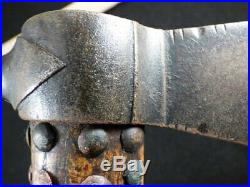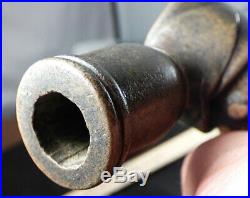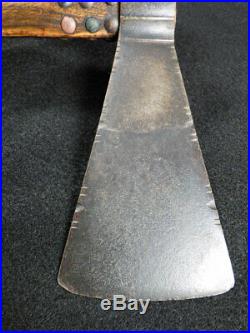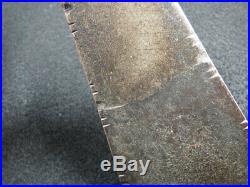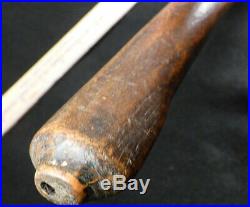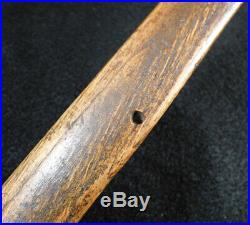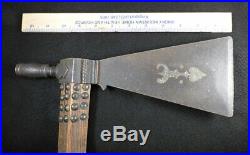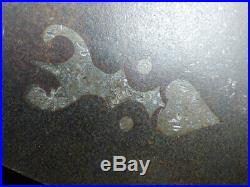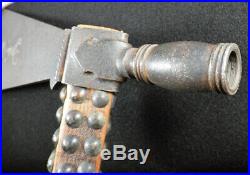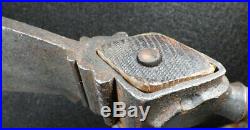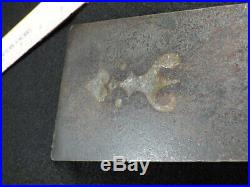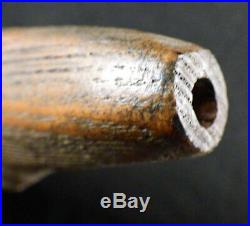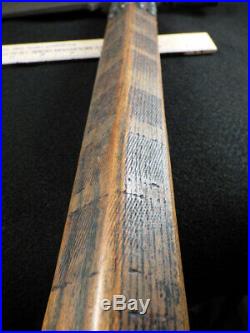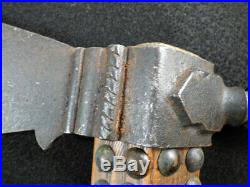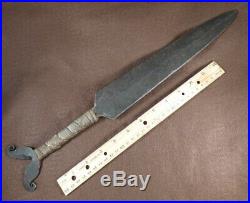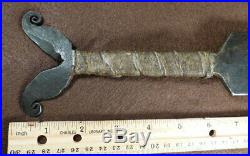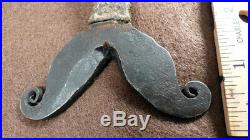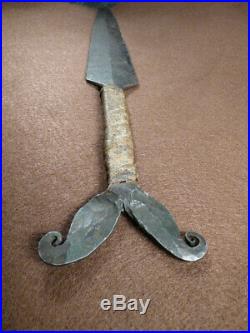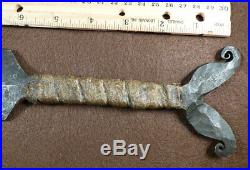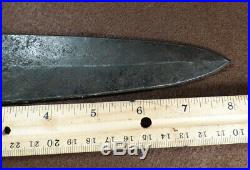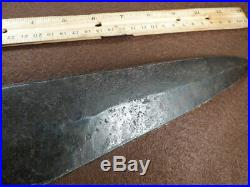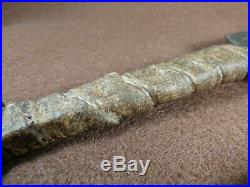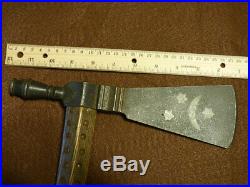
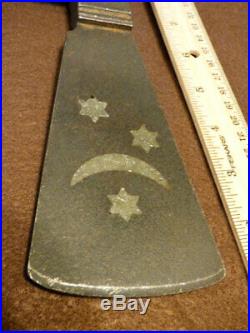
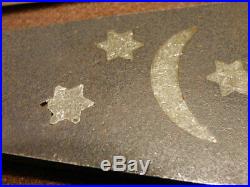
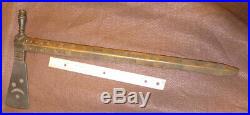
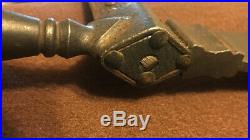
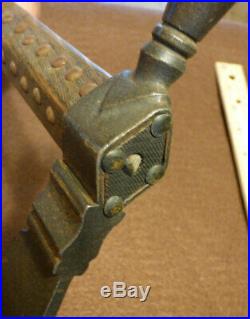
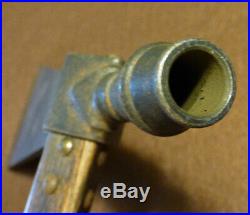

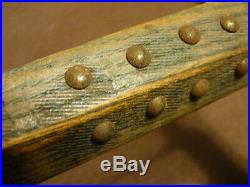
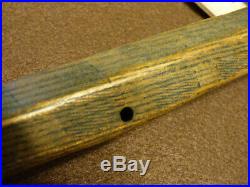



Native Americans used the moon to tell time by counting from one new moon to the next, known as a lunar cycle. Native Americans assigned names to the moon for each month to keep track of the seasons. Each name is a symbol of what the moon meant to Native Americans by virtue of its use, guidance and influence in their daily lives. January is named the “Wolf Moon” because during the cold nights wolves would howl hungrily outside the Native American villages. Some sources mention that Native Americans used stars’ positions to indicate specific seasons or events of the year such as harvest time, planting time, buffalo hunt time and so on. Their interpretation and use of the star positions and constellation vary significantly from the astrology of the modern world. The Cree were first contacted by Europeans in 1682, at the mouth of the Nelson and Hayes rivers in what is now northern Manitoba, by a Hudson’s Bay Company (HBC) party traveling about 100 miles (160 km) inland. In the south, contact was later. In 1732 in what is now northwestern Ontario, Pierre Gaultier de Varennes, sieur de La Vérendrye, met with an assembled group of 200 Cree warriors near present-day Fort Frances, as well as with the Monsoni, (a branch of the Ojibwe). Both groups had donned war paint in preparation to an attack on the Dakota and another group of Ojibwe. After acquiring firearms from the HBC, the Cree moved as traders into the plains, acting as middlemen with the HBC. Live in close symbiosis with nature. They understand the importance of respecting life and try their best to co-exist with all life forms on Earth. The moon and stars have a special significance to Native Americans. Incredibly beautiful forged iron head with inlaid stars and a crescent moon. Originates from the Cree people. 22 inches long in the handle and 10 1/2 inches long in the head. The item “Old 1840 Cree Indian pipe tomahawk forged head moon & 3 stars inlaid in head” is in sale since Sunday, June 23, 2019. This item is in the category “Collectibles\Cultures & Ethnicities\Native American\ US\1800-1934\Weapons”. The seller is “deweycheathamandhowwe” and is located in Bristol, Virginia. This item can be shipped worldwide.
- Tribal Affiliation: Sioux

